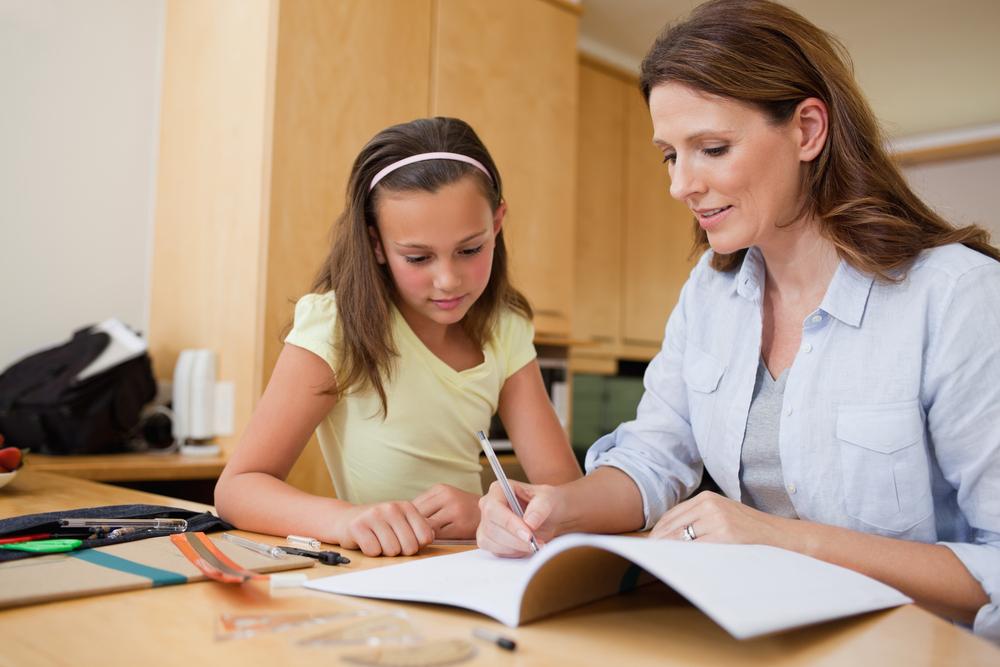Commentary
In the months before COVID hit, a number of my friends began a new phase of motherhood by starting careers as homeschool teachers. They expressed normal trepidation, concerned they would fail, and by extension, their children would.

In the months before COVID hit, a number of my friends began a new phase of motherhood by starting careers as homeschool teachers. They expressed normal trepidation, concerned they would fail, and by extension, their children would.